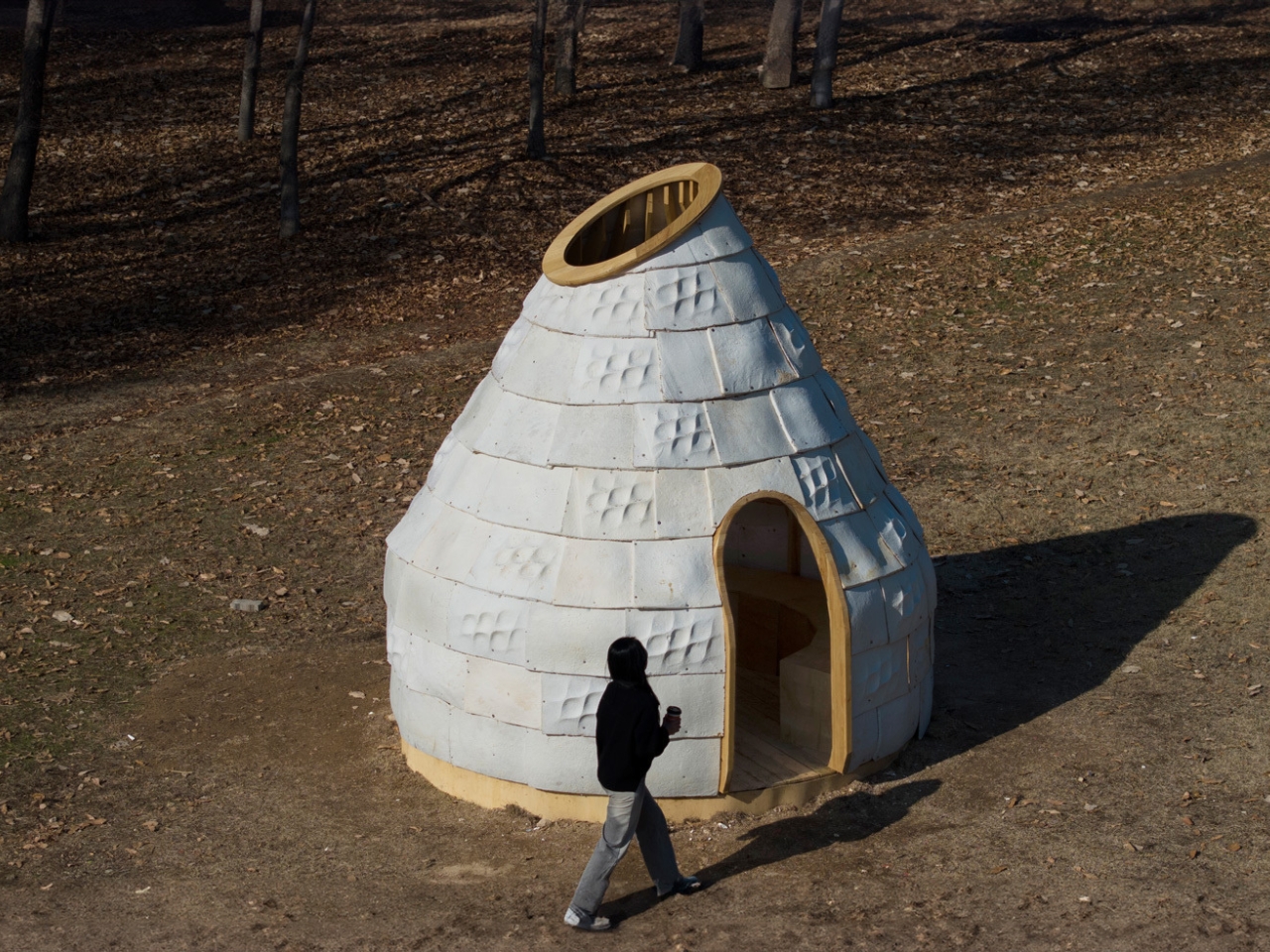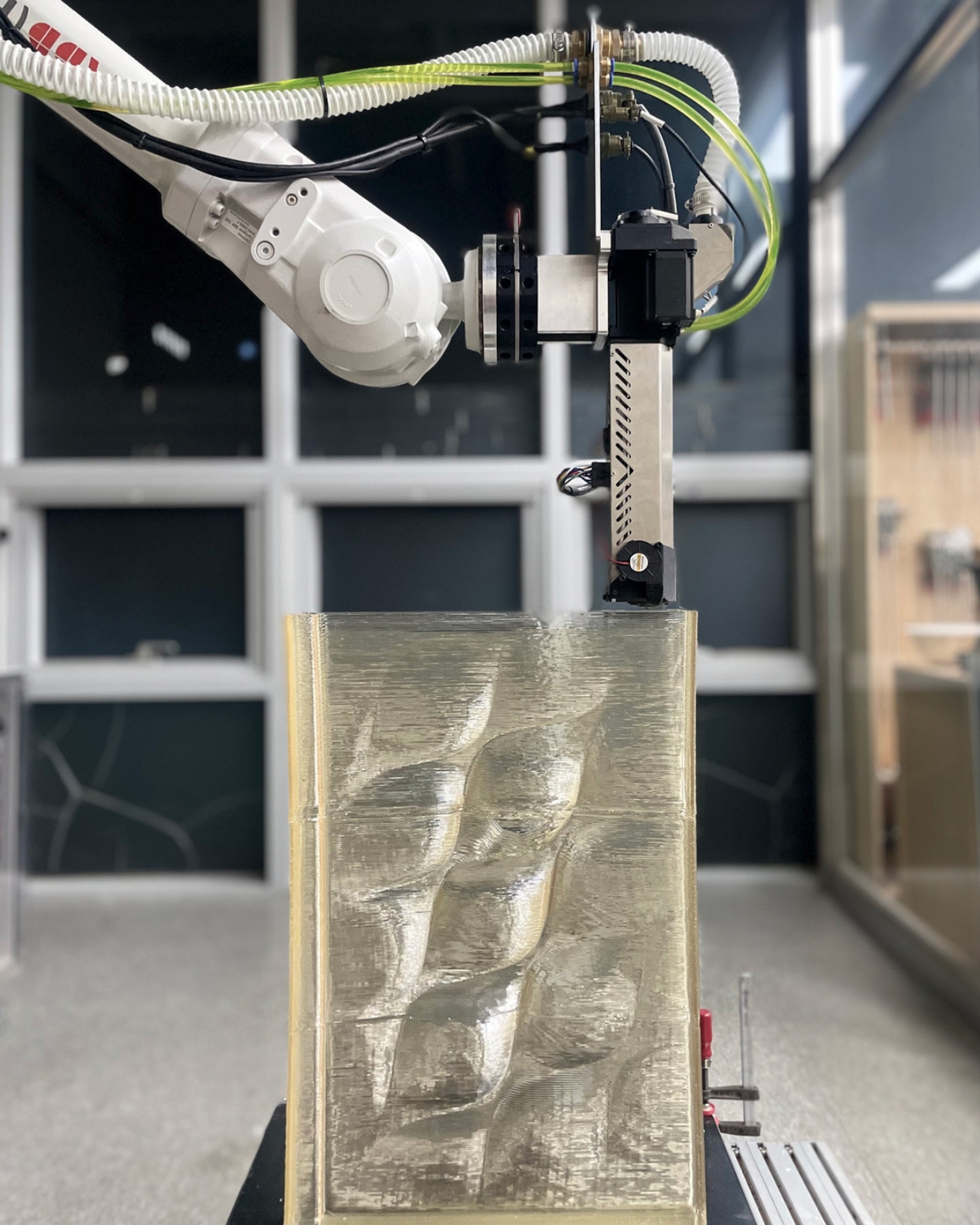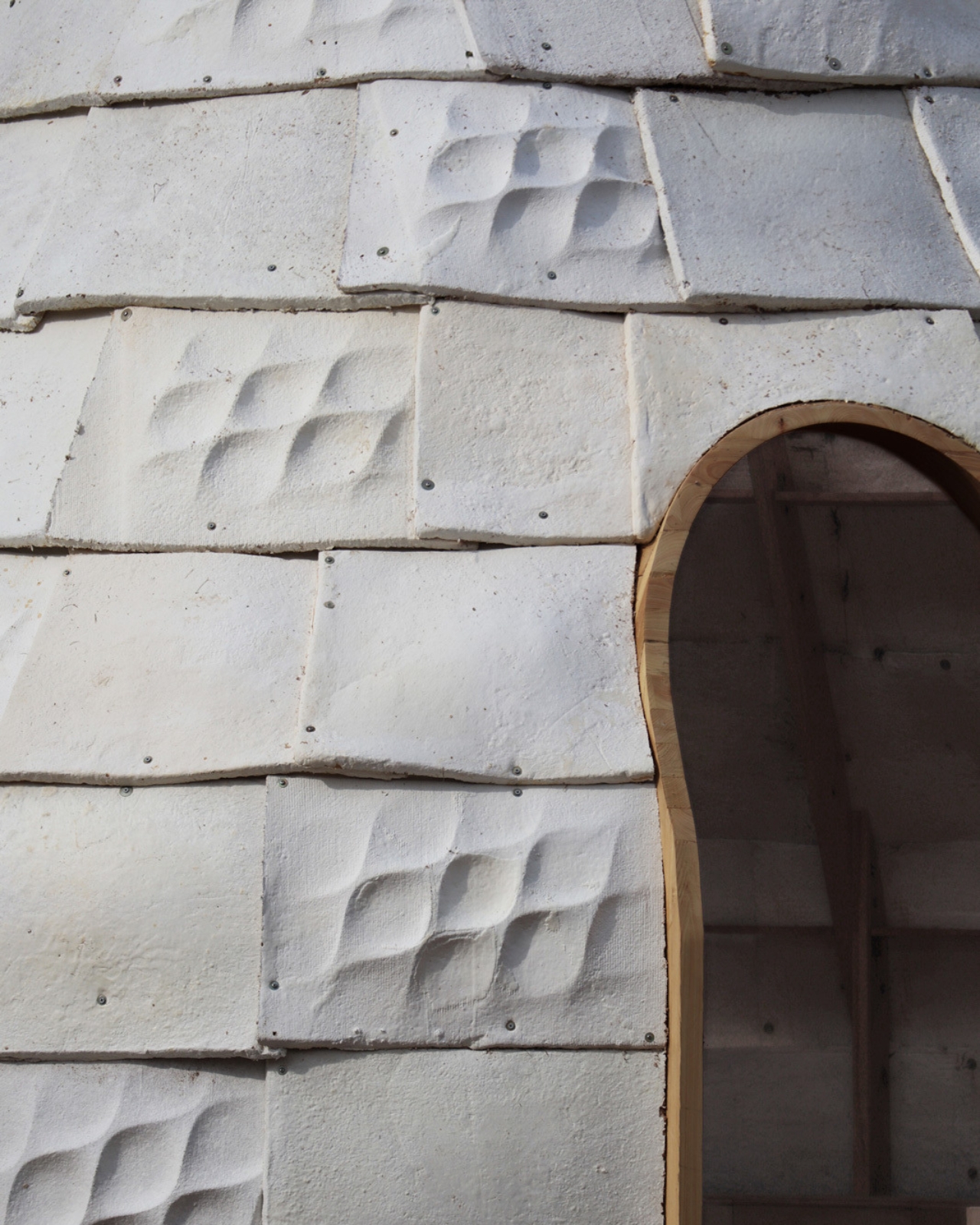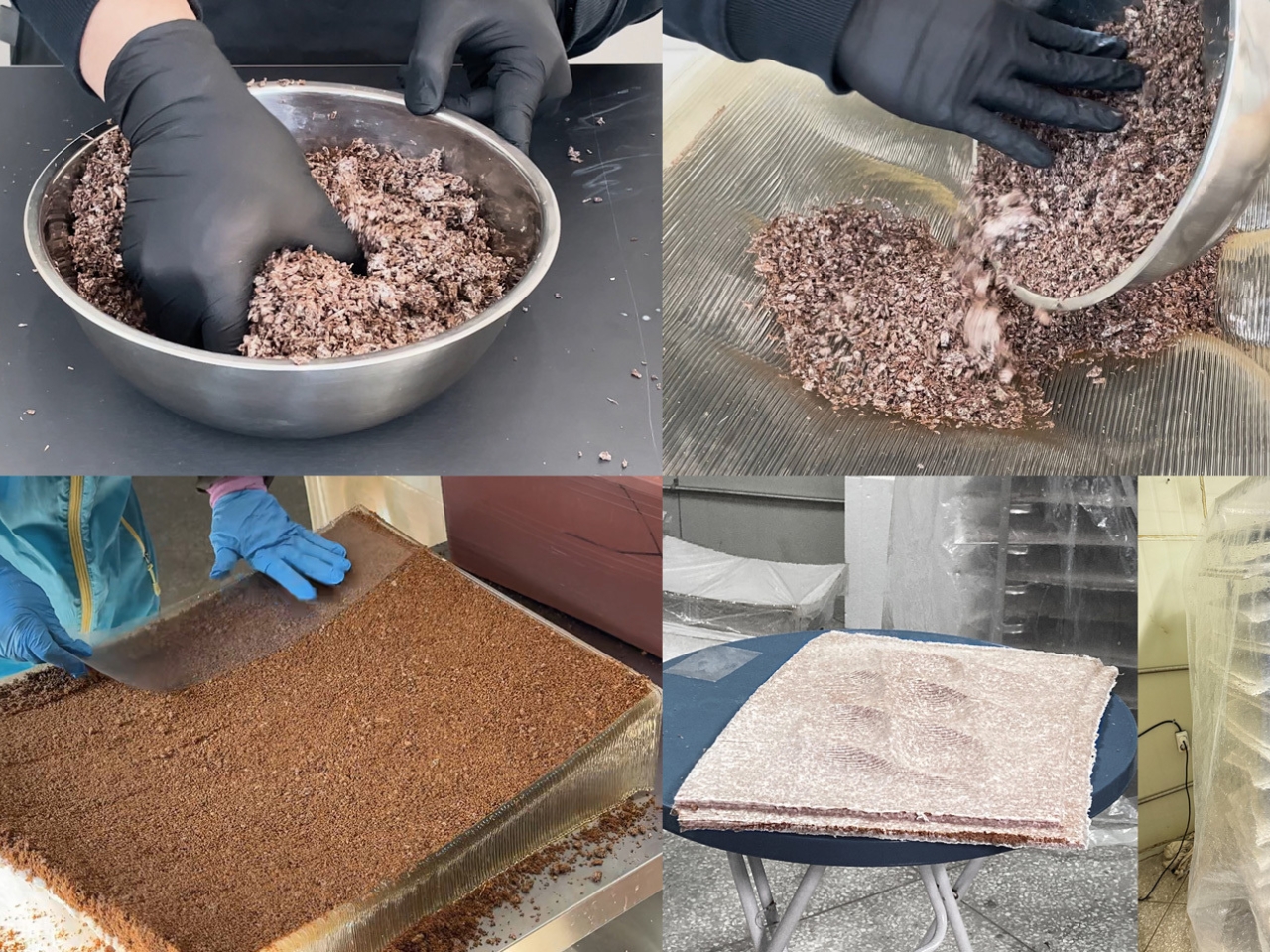Turning your home into a smart home is easier than ever. Today’s gadgets can do everything from warming the house before you wake up to locking the door behind you at night. You can ask a voice assistant to dim the lights, set a reminder or play music while a robot vacuum takes care of the floors. With more devices working together across platforms, it’s never been simpler to make everyday life feel a little more connected.
The best smart home gadgets save time and effort by automating the small things. You can control lighting, climate and security from your phone or with a quick voice command. Smart displays act as control hubs, video doorbells show who’s outside and sensors can trigger routines when you walk through the door.
What once felt futuristic now just feels useful. Whether you’re starting small or expanding an existing setup, the latest smart home devices fit neatly into daily routines. From connected plugs to cleaning robots, they bring convenience, comfort and peace of mind to every room.
Table of contents
Best smart home gadgets for 2025: Smart speakers
Best smart home gadgets for 2025: Smart displays
Best smart home gadgets for 2025: Smart lights
Best smart home gadgets for 2025: Security cameras
Best smart home gadgets for 2025: IoT gear
How to pick the right voice assistant before you buy smart gadgets
While plenty of the best smart home devices are platform agnostic, there are some — smart speakers and smart displays in particular — that require you to choose your voice control assistant. Currently, that means deciding if you’ll use the Google Assistant or Amazon’s Alexa on a regular basis (I’ll address Siri in a moment.)
They’re both compatible with various smart home tech products from light switches and bulbs to robot vacuums, but there are certain devices that work best with either Google or Amazon. Nest products, for example, are more compatible and have more functionality with Google-powered speakers and displays. They can still work with Amazon devices, but certain features might be disabled. The same holds true with Amazon products: They work better if they’re in the same ecosystem.
Amazon Alexa
So how do you choose between Alexa and Google Assistant? It really depends on your personal preferences. Do you listen to Audible, watch Prime Video and tend to do a lot of shopping on Amazon? Then you might lean toward an Alexa-powered home automation setup. Alexa supports a wide range of devices — including smart locks, smart thermostats and motion sensors — and many of its speakers and displays include remote control functionality for lights, plugs and other smart gear.
Google Assistant
If you want a voice assistant that’s great at answering questions, Google Assistant tends to be better than Alexa. Amazon’s helper, on the other hand, currently supports more smart home products. The company’s smart speakers and displays also support the Zigbee smart home protocol, and some devices even have built-in smart home hubs. Both Google and Amazon devices can sync with your calendar, though Google’s tend to work better with Google services. Plus, if you already have an Android smartphone, you might be more comfortable with Google Assistant anyway.
Siri
But what about Siri? Apple’s assistant supports voice control as well, but it doesn't have as many compatible devices as Google or Amazon. The HomePod mini and the full-sized HomePod are the only Siri-compatible speakers on the market at the moment, too. That said, it’s not too hard to find Apple HomeKit-compatible gear as more third-party companies add support for it, but you currently have a smaller pool of devices to choose from.
This article originally appeared on Engadget at https://www.engadget.com/home/smart-home/best-smart-home-gadgets-125608958.html?src=rss













